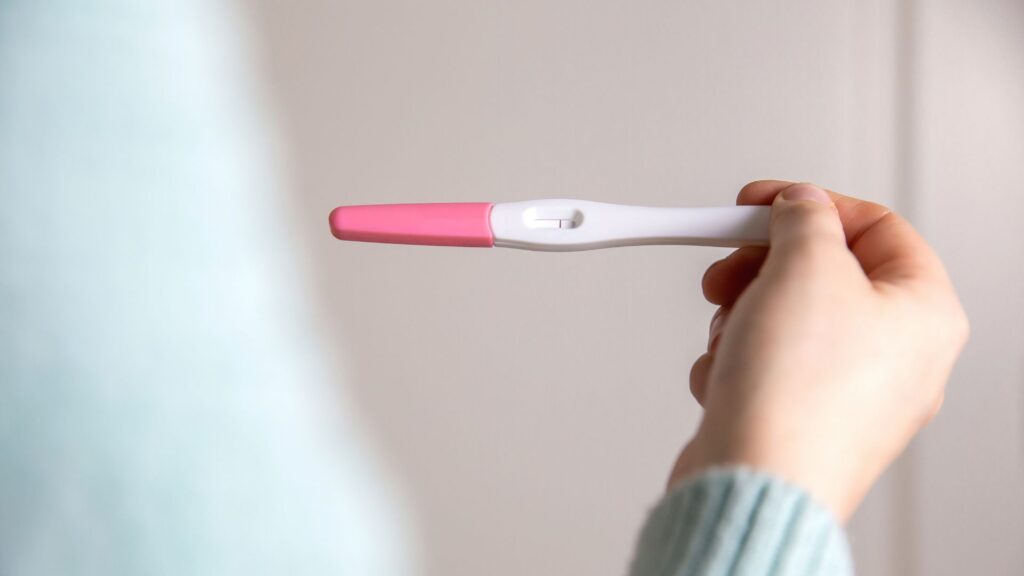Pregnancy Test
What is a Pregnancy Test?
An at-home early pregnancy test is a reliable way of determining if you are pregnant or not. You can buy them from supermarkets, pharmacies, and high street beauty shops like Boots or Superdrug. You can also go to a sexual health clinic like Brook or your GP for a free test.
Pregnancy tests detect a hormone called HCG in your urine. Modern tests are 99% effective when used properly. There are also other ways to determine pregnancy, including blood tests and ultrasounds.
Pregnancy Test Types
Pregnancy tests come in many different forms for at-home and clinical use, with sets of instructions on how to use them correctly. Urine tests are more commonly used as they’re easy to use, but you can also have blood tests for pregnancy. Here are a few types of tests you could use:
Pregnancy Test Sticks- A widely accessible, affordable pregnancy test. They are plastic sticks that usually come in packs of two. Once you’ve urinated on them, they may turn a different colour as they begin to process the results. You need to compare the lines with the instructions. Typically, 1 line is negative and 2 lines is positive or it may show + or – symbol.
Pregnancy Test Strips – They come in little individual packets, and the test itself is a small, thin, paper-like strip. These tend to be the most affordable options, and they can come in bulk boxes. They are best used as dip tests and will likely come with cups to collect your urine. The result will show up as coloured lines.
Digital Pregnancy Test – Digital pregnancy tests are more sensitive and more expensive. Some brands even give you an estimated date of how many weeks pregnant you are. It may show as ‘pregnant’ or ‘positive’ or ‘not pregnant’ or ‘negative’.
There are many brands of tests you can buy like ‘Clearblue’, and even supermarket own brands.

When to Take a Pregnancy Test
If you think you might be pregnant or you’re trying for a baby, then you can test from the first day of your missed period or 4 weeks from when you had sex. If you have irregular periods, then testing around 4 weeks after you last had sex, or 36 days from your last period is advised.
A pregnancy test is more accurate when taken in the morning as this is when your hormone levels will be their most concentrated, so ideally, try testing with the first pee of the day. Avoid drinking too much before a test as you risk diluting the hormone levels in your urine.
How to Take a Pregnancy Test at Home
Firstly, make sure your pregnancy test is within its expiry date and read through the instructions on the leaflet.
Your test kit may have come with a little disposable cup, but you can also urinate directly onto the area of the stick as you sit on the toilet. Referring to the instructions, you may just need to hold the stick in the urine for 5-10 seconds and then lie it on a flat surface to develop.
Waiting For the Results of Your Pregnancy Test
Waiting for test results may make you anxious or nervous, and this is normal. Whether you are excited about the prospect of having a child or you hadn’t planned on getting pregnant, it’s okay to feel a mix of emotions.
When you read your results, if the lines are hard to read or really faint, try another test. They may be faint because it’s very early on in the pregnancy and the HCG levels are still low, or the test itself may not have very bold lines. If you see a + or two lines, then you should assume you're pregnant and try another test to confirm.
If you are continuing with pregnancy, then you should speak with your GP about the next steps to a healthy pregnancy and prenatal care.
If you do not want to be pregnant, you can speak with NUPAS about your options.
